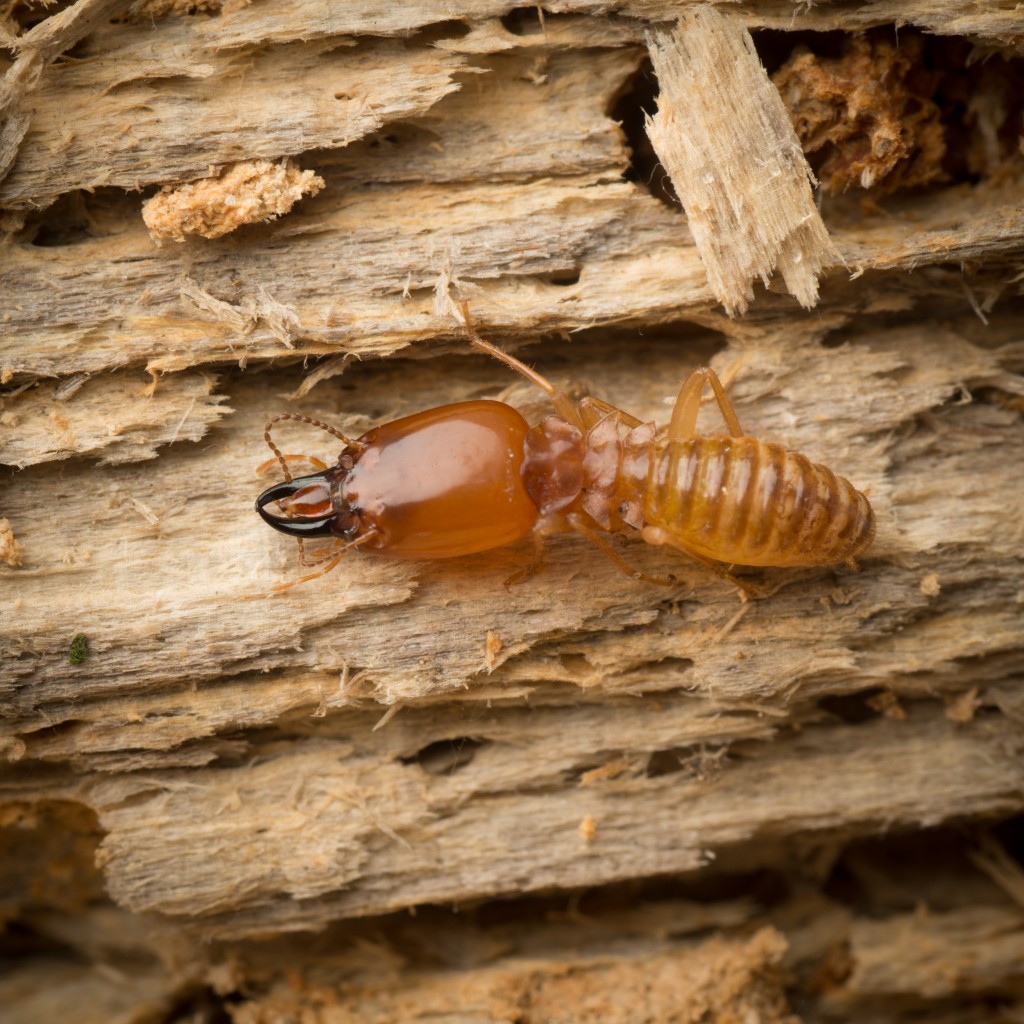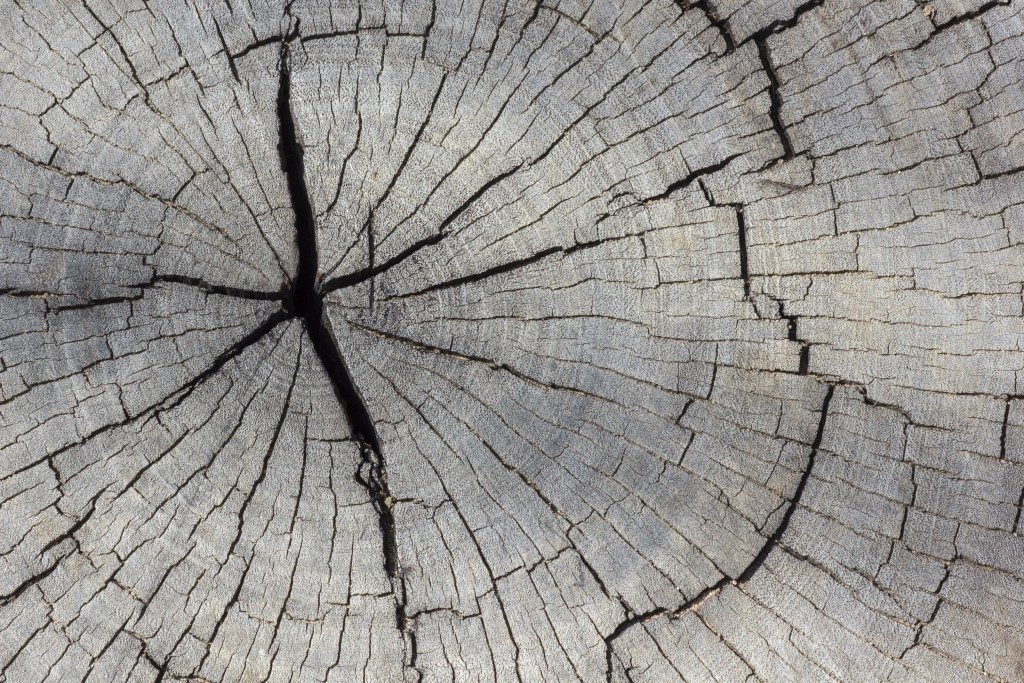Trees are among the most critical parts of any ecological site around the world. They provide aesthetic value to our properties, and other material benefits depending on their species. But there are some occasions where having a tree can do more harm than good—and that’s when it’s starting to deteriorate and damage our property with deadwood.
This can cause huge problems if left unchecked and should be treated as soon as possible. In Utah County, stump grinding is often the last process when it comes to removing these troublesome structures, and for a good reason. Deadwood can attract all sorts of problems that can vastly affect the neighborhood:
Increased risk of damage to people and property
Deadwood or dead tree is often one of the most common pieces of debris to hit houses, cars, and other properties during bad weather. Deadwood isn’t’ attached to the tree like other branches are—they are often unsecured, hollow growths, waiting for the right kind of outside impact to blow or detach them.
This can be an issue if the tree is close to a very populated area or around a property. Even if you don’t take rough weather into account, the continuous decay of the structure of deadwood makes it an ever-present hazard to anything in the vicinity until it is removed.
It invites pests

Alternatively, deadwood can also be a haven for small insects or animals that can use either the hollow shell or the discarded remnants as shelter. This is particularly troublesome if the pests are the kind that can spread to nearby houses and cause all sorts of problems, or if the tree itself starts attracting unwanted wildlife.
This can also contribute towards the deterioration of the actual tree, which would normally be strong enough to repel these kinds of attacks. However, the continued presence of deadwood will only weaken the tree’s defenses, making it more vulnerable to pests and damage.
It lowers property value
Finally, one of the most impactful ways a deadwood tree can affect the neighborhood is by lowering the value of the spaces around its vicinity. From aesthetics to safety reasons, having untreated or unremoved deadwood can effectively reduce the value of the properties around it, and may open up the entire area to legal action or litigation.
Property value can also be affected by the aforementioned problems such as outside and pest damage. Deadwood is very hazardous to keep around properties that pride themselves on aesthetics and maintenance, and can often cause thousands in property damage and repairs if left unattended.
What can be done?
If you do find deadwood in your vicinity, it’s important to call a company that has experience in handling this kind of situation. While removing deadwood may be important, there are some cases where the tree itself can still be saved, therefore reducing the damage done to the environment and allowing life to flourish.
However, in cases where the heartwood has been completely affected by rot, having a specialist to safely and completely remove the tree is the best option. Not only does this allow the neighborhood to be free of the aforementioned hazards, but it also comes with a guarantee that the infection won’t spread to other nearby trees.
